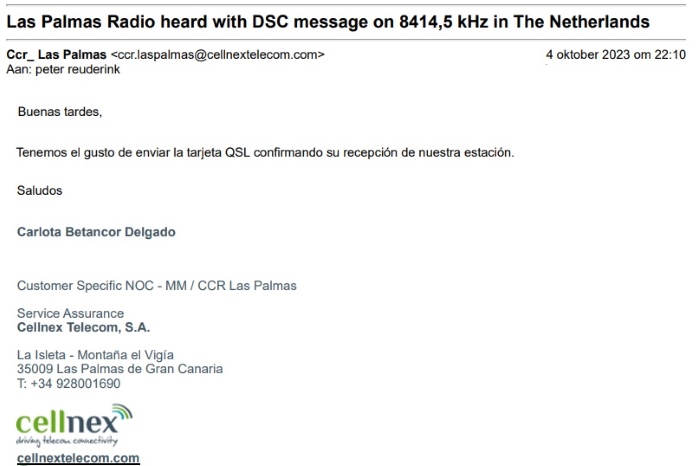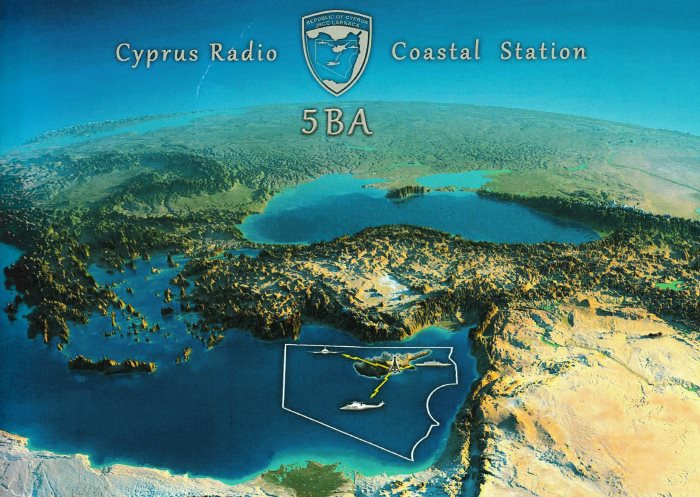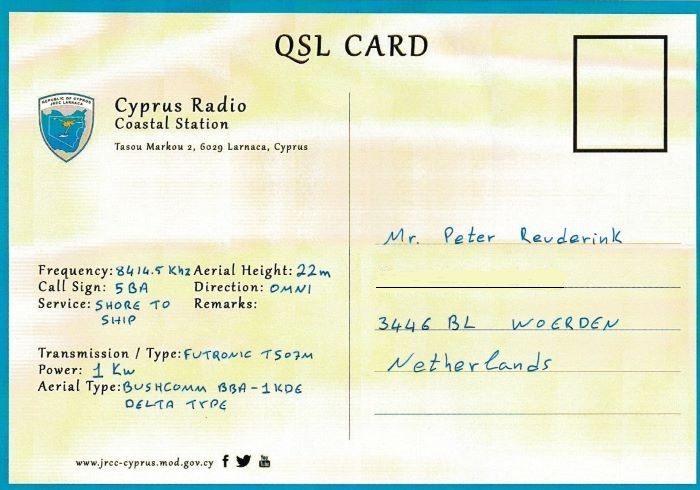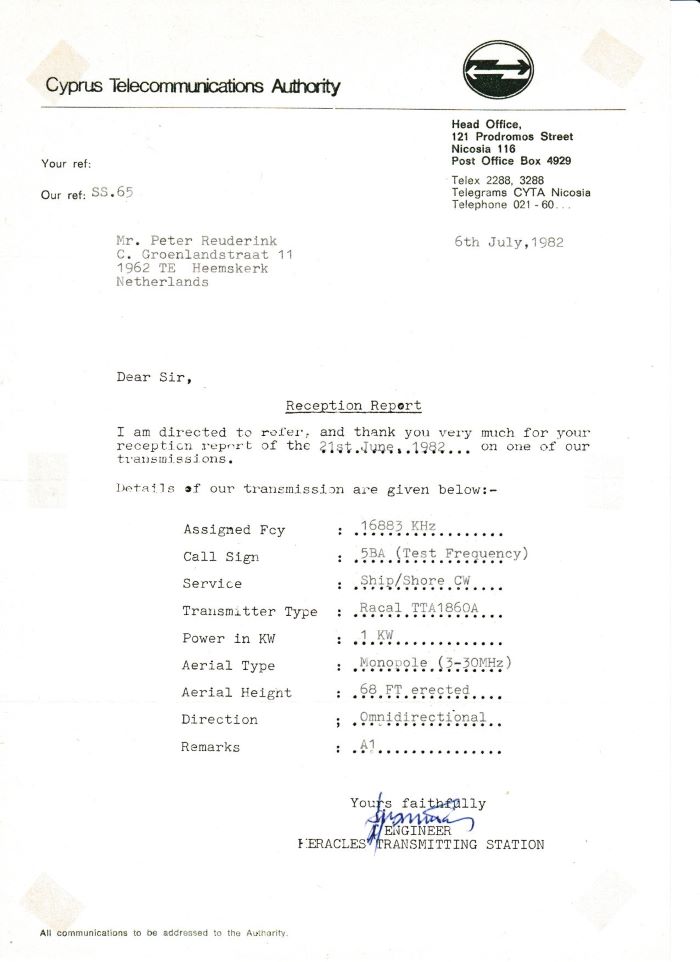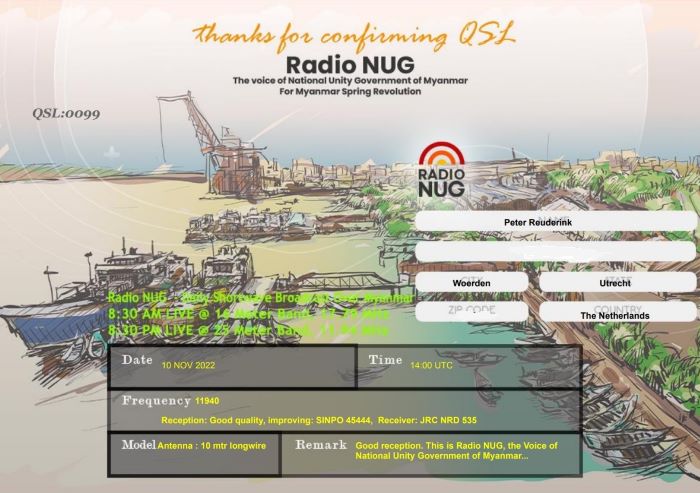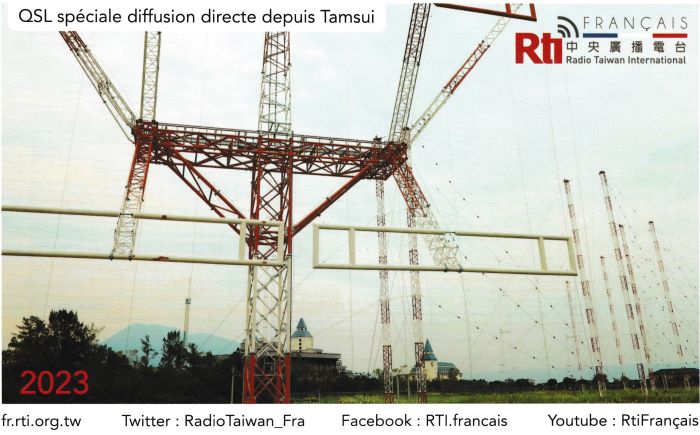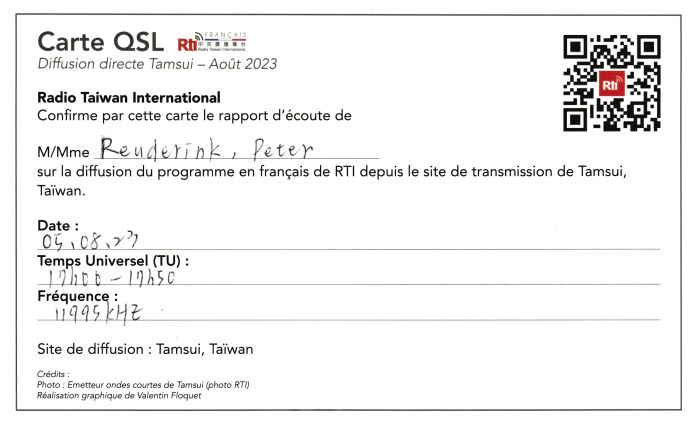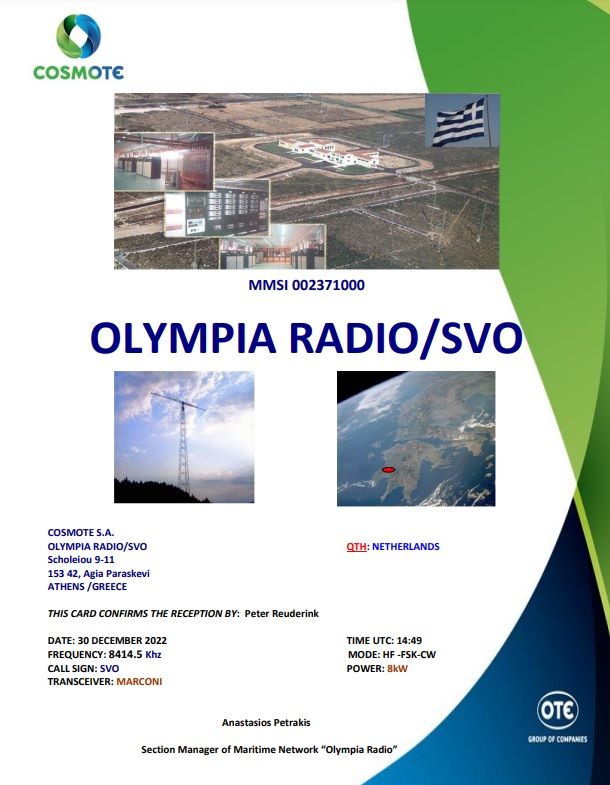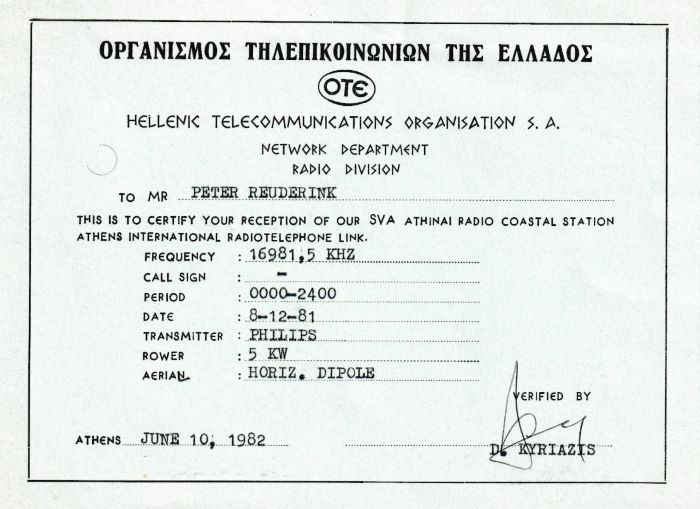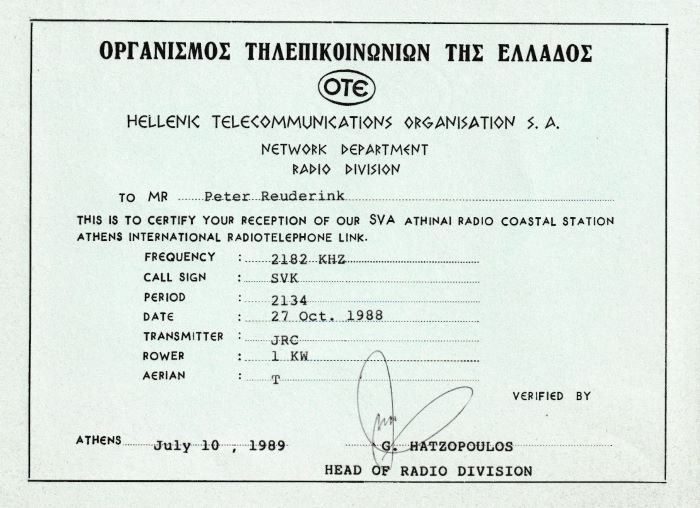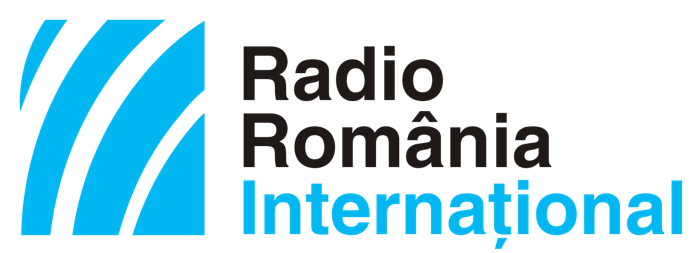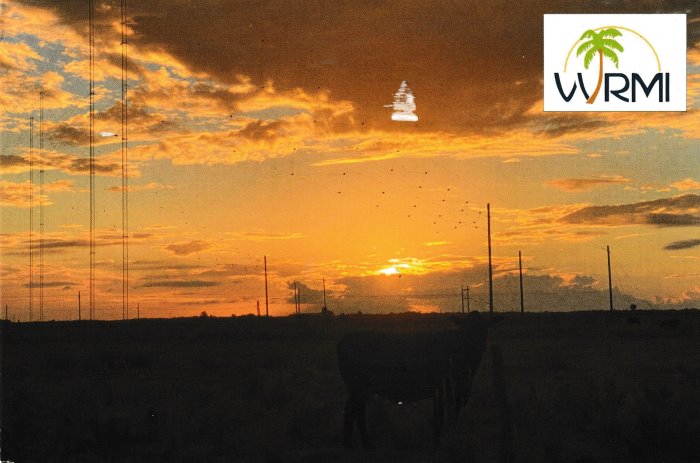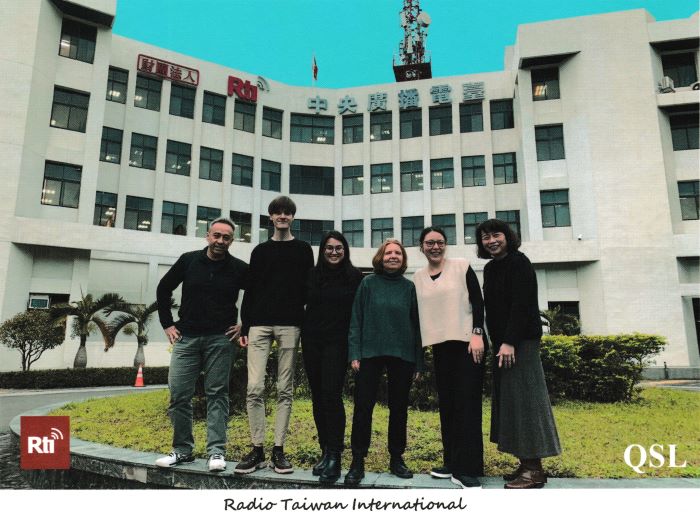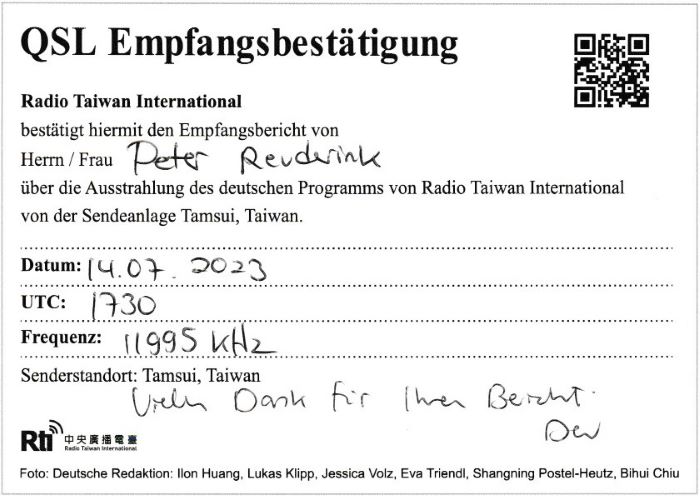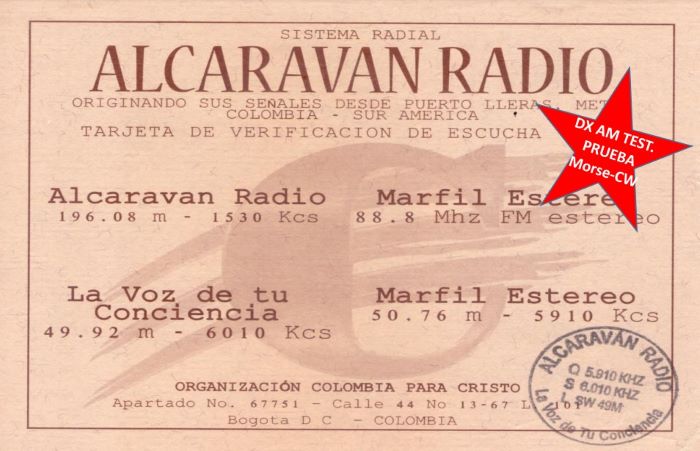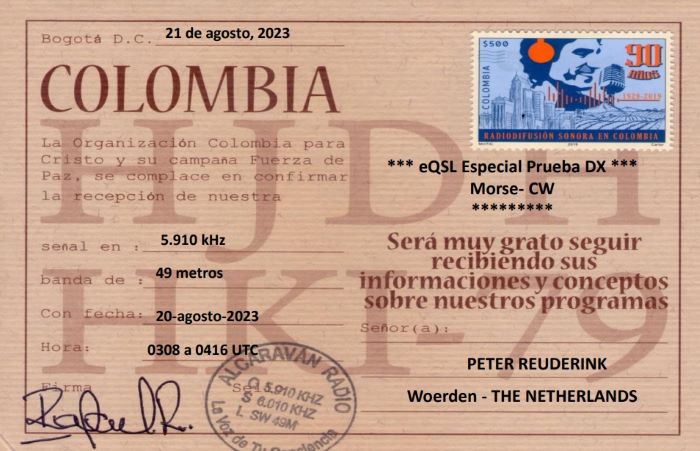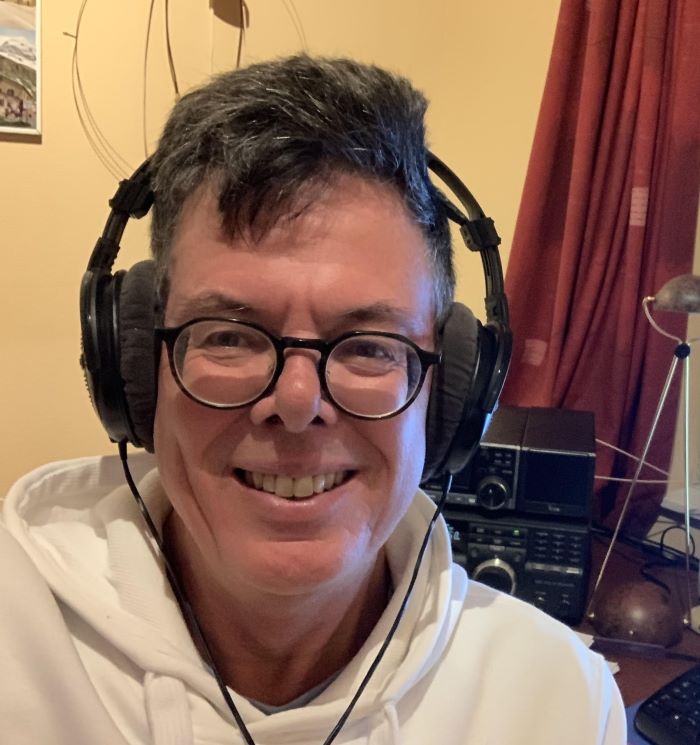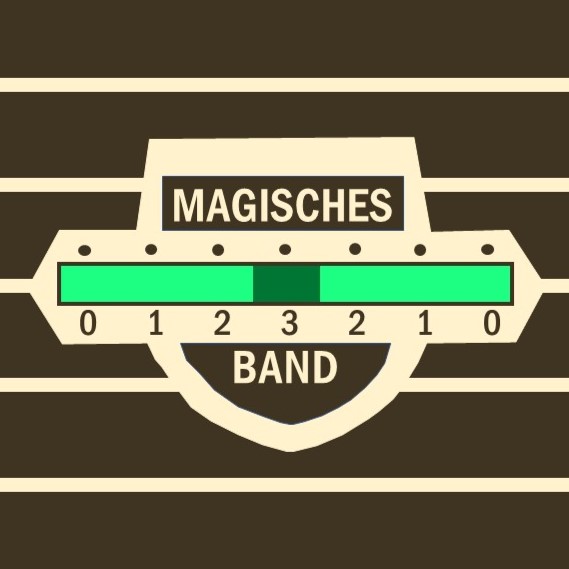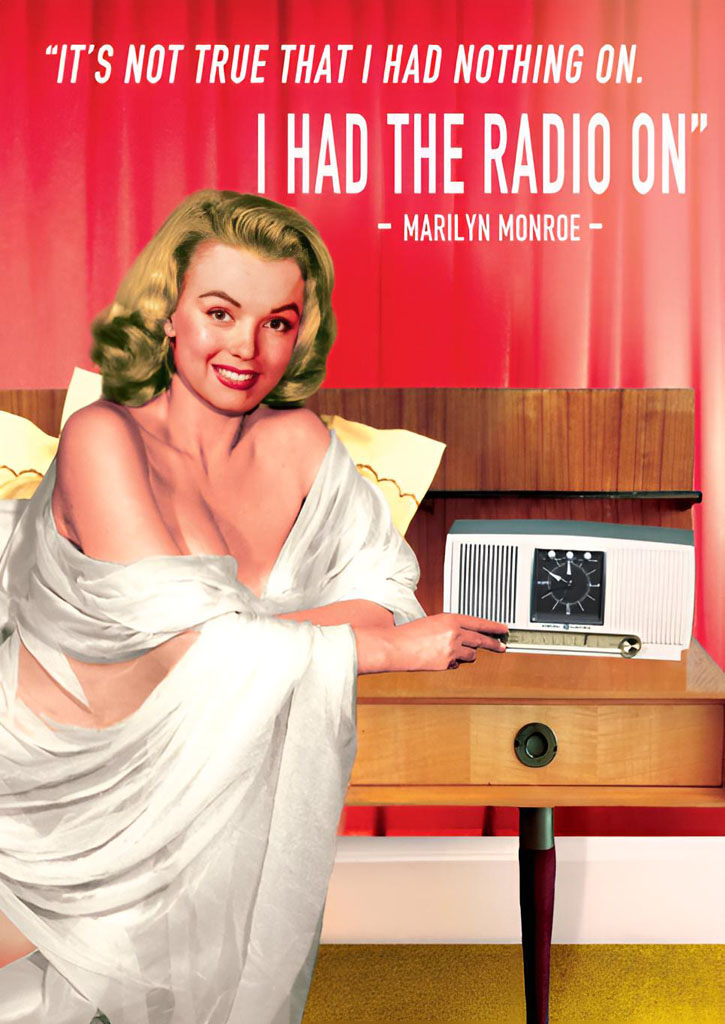October 17, 2023: Anniversary broadcast 80 years of Woofferton
(via Biener’s DX Digest, thanks to a tip from Franz Bleeker)
The Woofferton shortwave station will celebrate its 80th birthday on October 17, 2023. The Mayor of Leominster and the Deputy Mayor of Ludlow will join other dignitaries at a special event in Woofferton to mark the occasion. The transmitter facility was built by the BBC during the Second World War to accommodate additional shortwave transmitters. When the station officially began broadcasting on October 17, 1943, it had six 50 kW RCA transmitters, acquired through a loan-lease agreement. The station has been modernized several times over the years and is now DRM (Digital Radio Mondiale) capable and offers daily digital radio programs.
There will be a special program on shortwave (and other platforms) for the birthday on October 17, 2023: 1:30 p.m. – 2:30 p.m. UTC:
- Transmitter 95 Marconi BD272 from 1963: 15245 kHz (250 kW, 294°) towards North America
- Transmitter 96 RIZ: 17785 kHz (250 kW kW, 114°) towards Europe
- Transmitter 92 RIZ: 11725 kHz-DRM (110 kW DRM, 114°) towards Europe
The program details the history of the broadcasting facility, which was used not only for the BBC and then the Voice of America, but for numerous other foreign services. Station employees will have their say about the history and present of the broadcasting system. QSL hunters can apply for an E-QSL by submitting meaningful reception reports to radio @ encompass.tv. There is even a raffle. (Dave Porter via Alan Pennington/Wolfgang Büschel)

